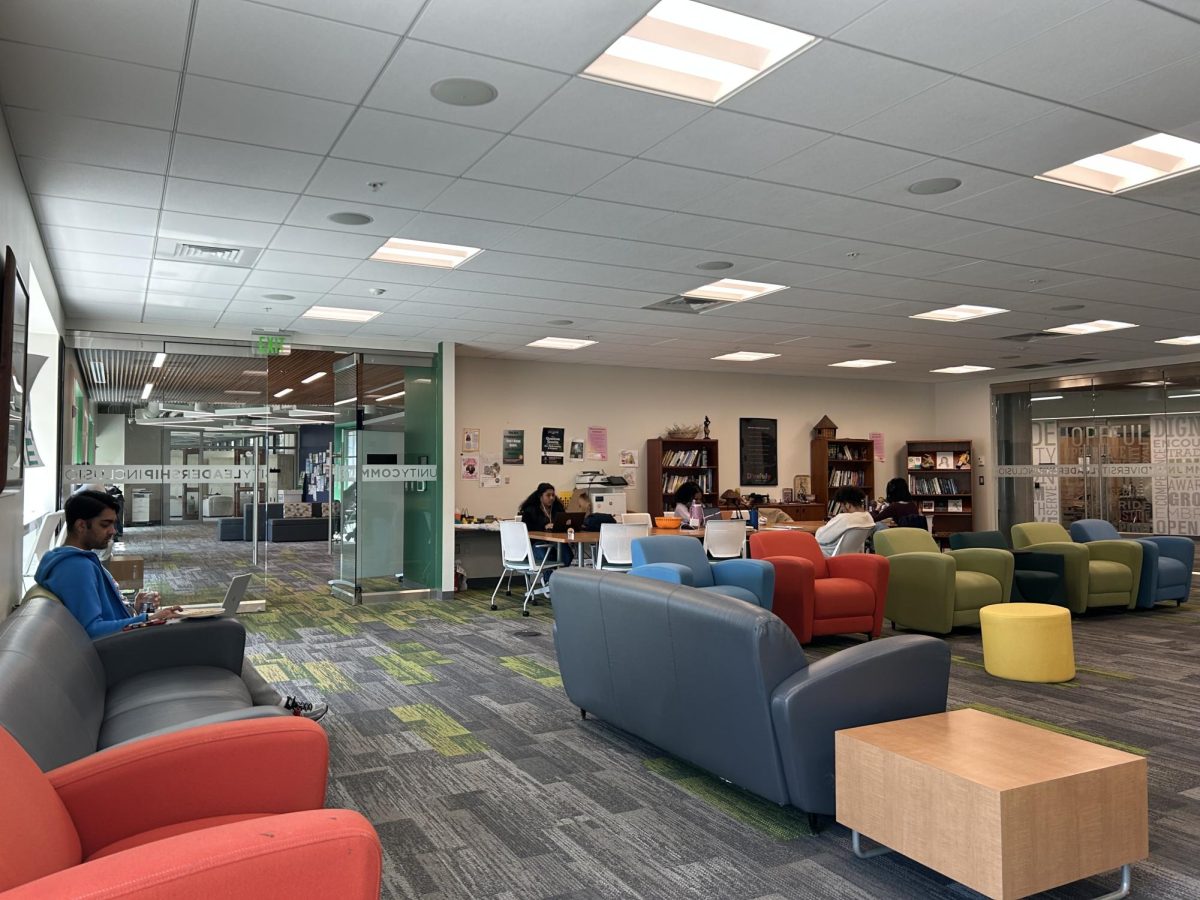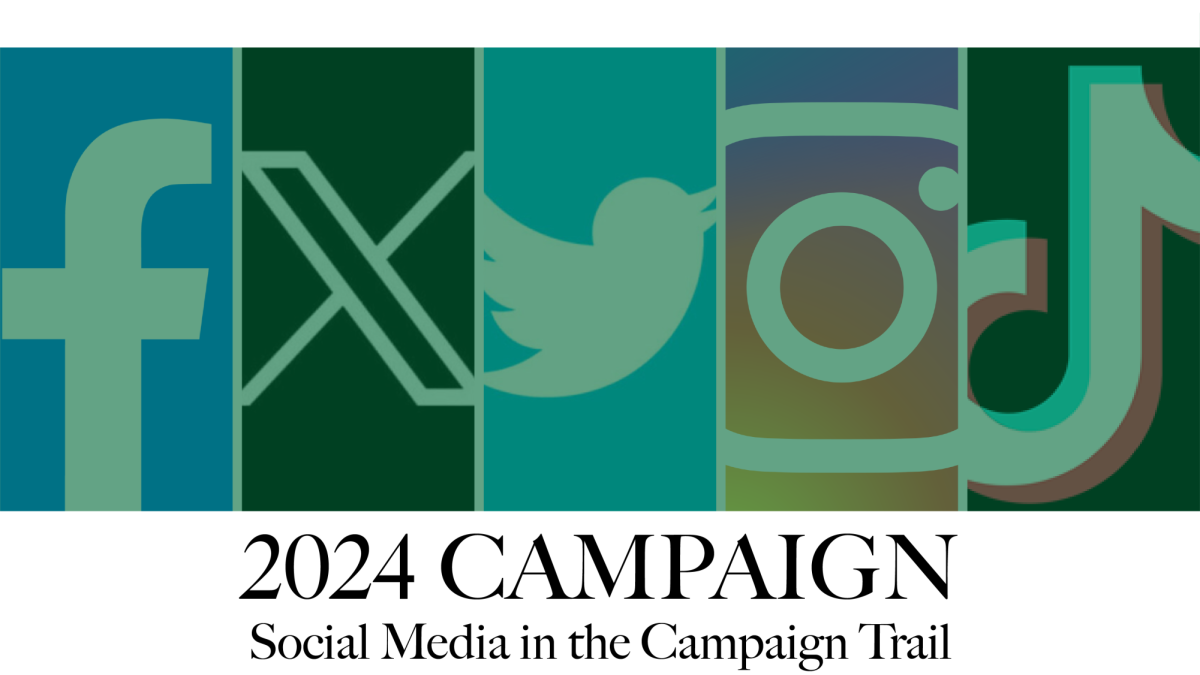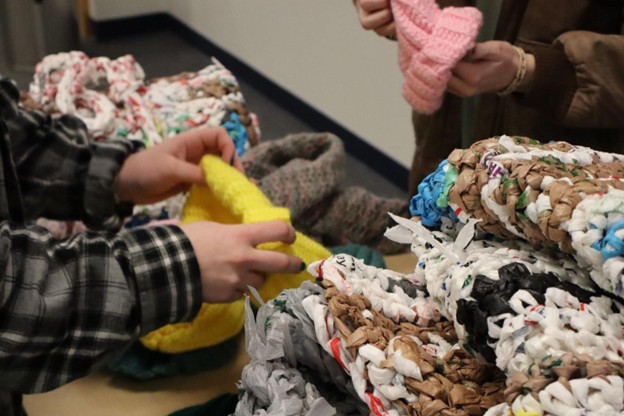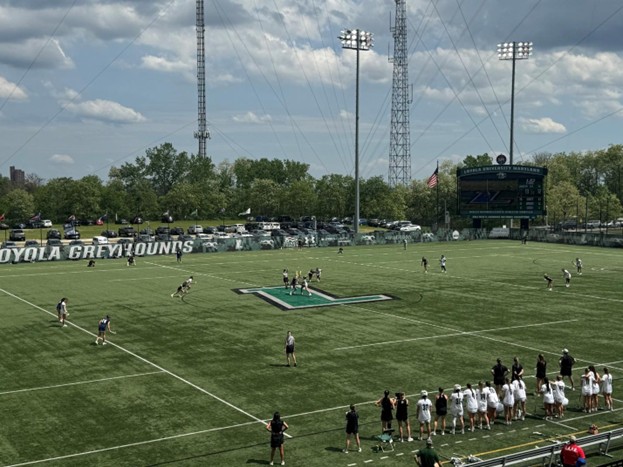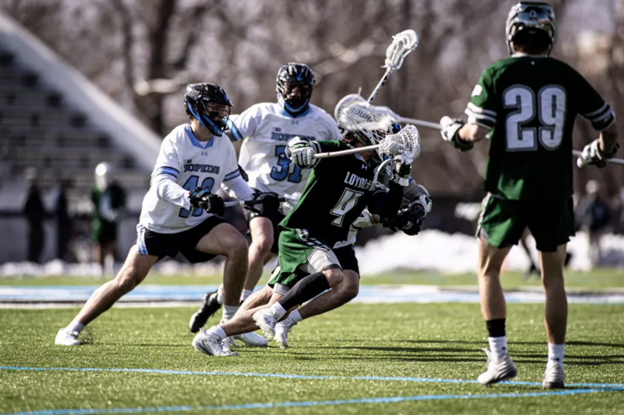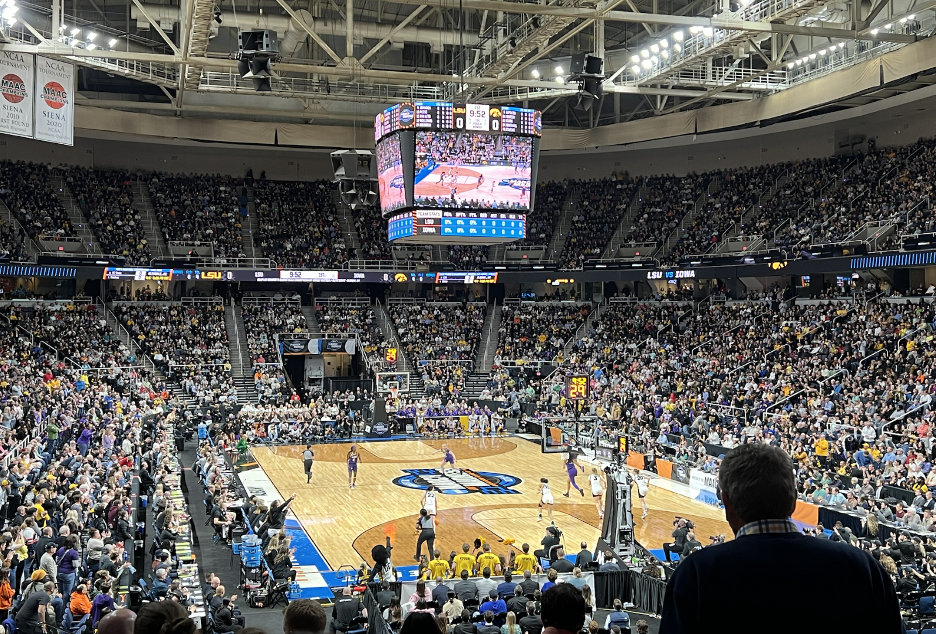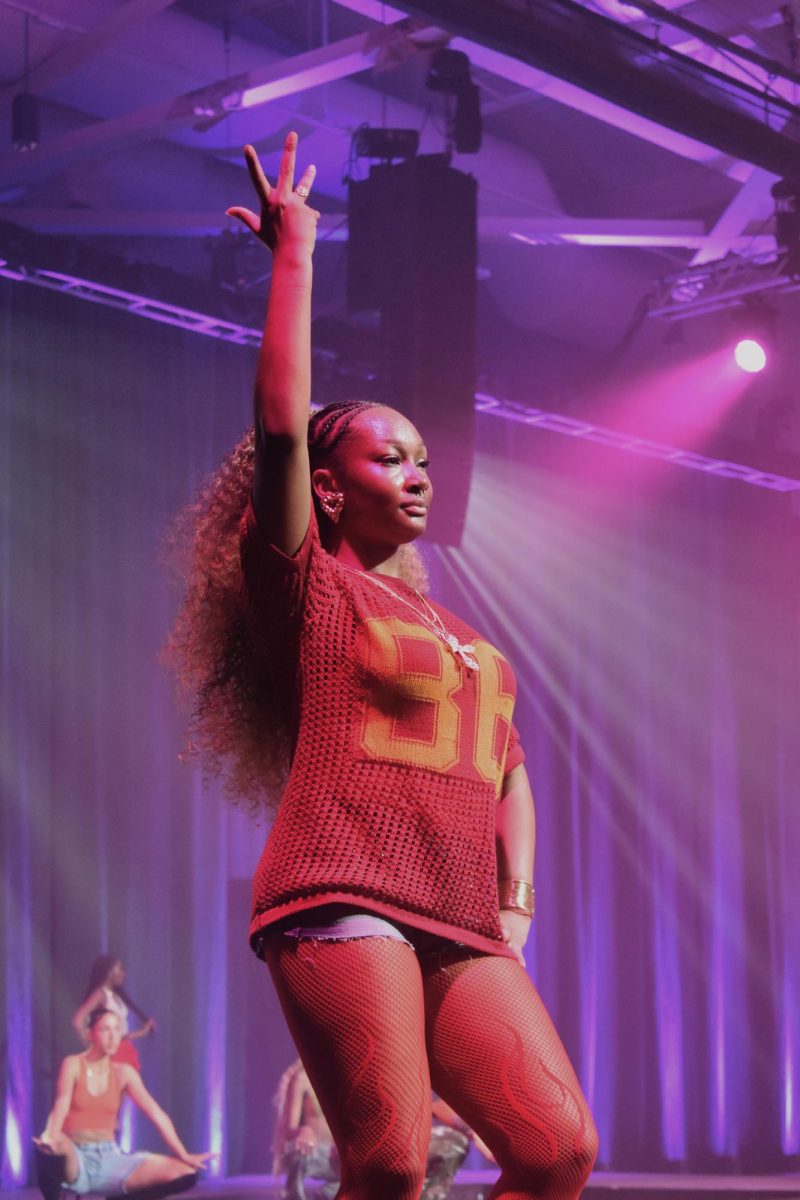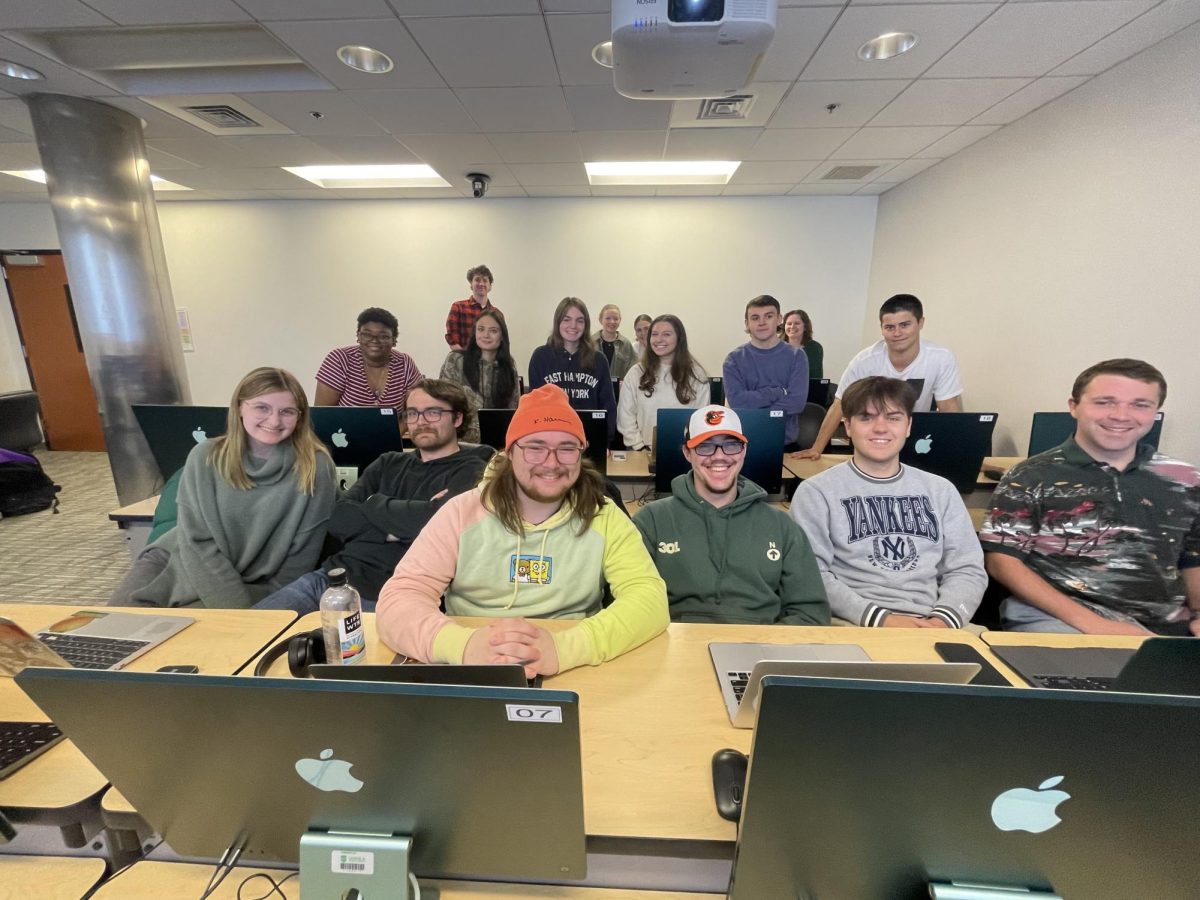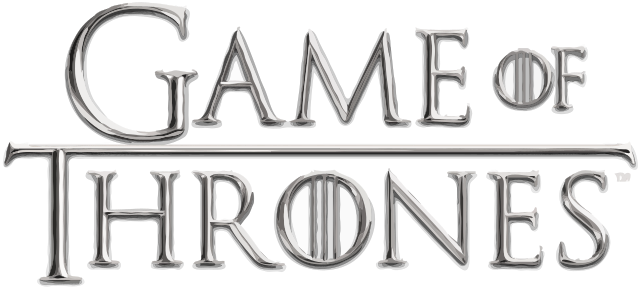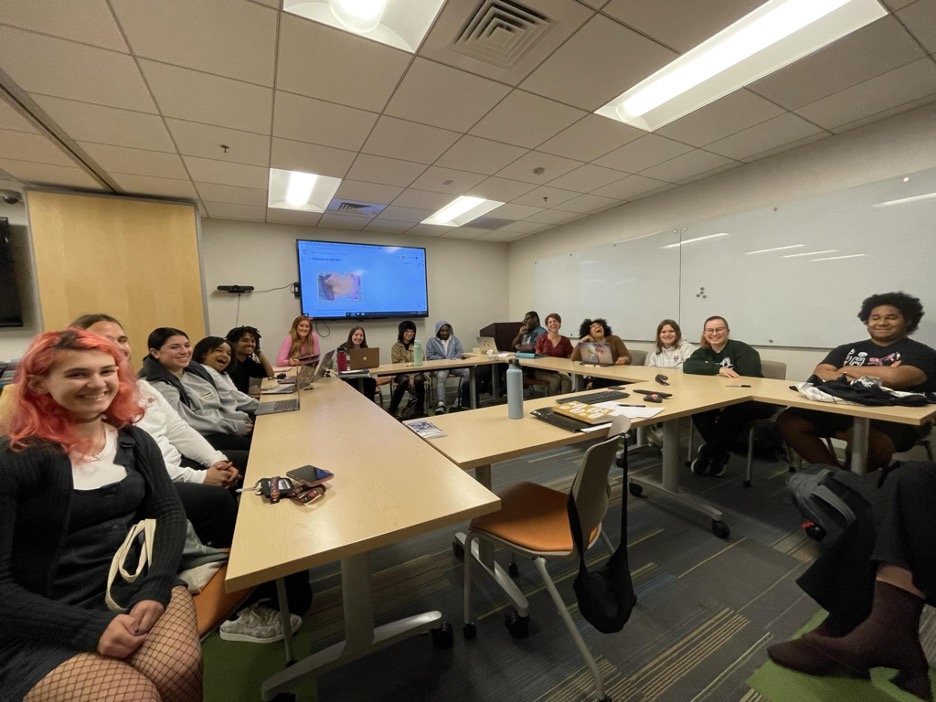Spectrum and the Art Club co-hosted a queer art history event in the Reading Room on Feb. 7, as part of the Sexuality and Gender Diversity Awareness Week, which ran from Feb. 5-10. The week celebrated the diverse identities that make up the queer community.
The event highlighted the experiences of queer artists with a video that presented an in-depth exhibit of 20th century queer art. Free expression followed with materials provided by the Art Club.
The video featured paintings, collages, sculptures, and drawings that expressed the queer identities of the artists, which are often repressed or shamed. As such, many of the pieces were of naked bodies to show a liberation from that oppression.
According to Spectrum’s Public Relations Executive Julia Joseph ’18, the club wanted to focus on visual art because it adds a different perspective to queer expression.
“We’ve talked a lot about actors, activists, celebrities, and musicians especially, but we’ve never covered physical art, which is an entirely different category,” Joseph said. “It’s been really cool to see, in the video, the different kinds of reflections, pictures, and paintings of what we look like, what our relationships are like, how we are.”
The artists focused on building the communities through their art that they didn’t necessarily have in society. They used visual art as a sort of public diary that gives shape to the queer experience.
Kiana Roberts ’21 thought it was important for university-sponsored events like this to take place because it can help foster deeper relationships within and between different campus communities.
“It can get kind of hard to find people that are within your own community,” she said. “These events really help you […] find people that are like you and can help understand what you’re going through.”
Jack Sheuermann ’21 thought queer art provided an outlet of expression that other art forms may not be able to provide.
“You can express your perspective on something which I find particularly hard to do with words sometimes,” he said. “An image might help more people understand.”
Joseph thinks that identity organizations like Spectrum and the clubs through ALANA Services exemplify Loyola’s commitment to diversity, while allowing students like her to do it on their own terms.
“It’s just one part of myself that I get to share with a ton of other students on campus,” Joseph said. “That speaks to the cura personalis of Loyola—the care of the whole person.”
If students have any doubts about joining Spectrum, Joseph has one piece of advice: “Show up!”
“Even if you’re not in the queer community, if you are an ally, if you have a friend that’s gay or queer in any way, come anyway,” she said. “We do a lot of things that are not just exclusive to queer students, so we would love it if anyone came.”
Feature Image: Courtesy of Matthew Brown









